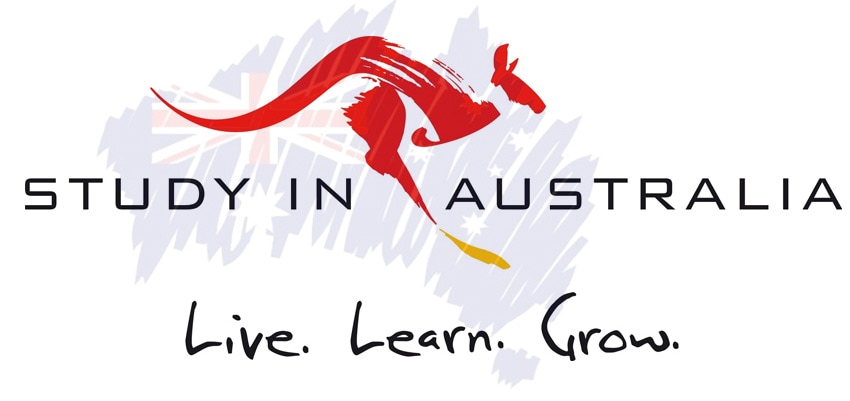Overseas visa: Qatar revamps work visa rules for expats. Qatar government has brought in new changes to the procedures for recruiting workers from abroad thus regulating the entry, exit and residency of expatriates,said a report, citing a senior official of the Ministry of Interior.
However, there is no change in the rules for obtaining family visas and residency permits for spouses and children, reported The Peninsula. The conditions for private sector employees seeking a family visa include a minimum monthly salary of QR7,000 to QR10,000 ($1,921 to $2,744). Under the new rules, employers will need to get approval for work visas from the Ministry of Administrative Development, Labour and Social Affairs (MADLSA), before applying at the Ministry of Interior, stated the report citing Brigadier Nasser Jabr Al Atiyyah, Assistant Director of the General Directorate of Passports. The employers can get visa approval from the MADLSA without names and when they sign the job contract with the worker they need to present a copy of the passport, the job contract as well as the ministry approval to get the entry visa for the worker, stated Al Atiyyah Earlier, employers could be granted 100 visas to bring workers as they bring copies of their passports to the Directorate of Passport and Expatriate Affairs at the Ministry of Interior to get entry visas and process their residency permits, he added. "Rules for obtaining family visa remain unchanged in the new residency law and the procedures are simple. There is a special committee which considers family visa applications and takes a decision within three working days," remarked Al Atiyyah. The applicant will receive a text message on their mobile phone informing whether the application was approved or rejected. An applicant working in the private sector seeking a family visa needs to provide a certified marriage document, along with salary certificate and bank statement for six months, said the report. Only salary certificate is required for government employees, it added. Study In UAE! Request a call from us and get FREE guidance from our experts today! or call us on 9987099890 Or register on our website :- http://www.aliffoverseas.com |
Australia is the latest major English Language Teaching (ELT) destination to post its enrollment data for 2016. Full-year data for English Language Teaching enrolment in Australia indicates that total commencements grew by 3.6% in 2016, and total student numbers by 4.3%
Full-year data is now available and it indicates a total of 115,279 commencements for the year for a gain of 3.6% over 2015. Enrolment cross slightly more, growing 4.3% to reach 151,110 students in total as compared to 144,932 the year before.
New students commencing their studies made up 76% of all ELICOS enrolment during the year (English Language Intensive Courses for Overseas Students). And ELICOS students accounted for 21% of all foreign student enrolments in Australia last year, making the language sector the third-largest cohort after only higher education and vocational training programmes.
This marks the second consecutive year where annual growth in ELICOS enrolment has hovered around 4%. This growth continues to lag, however, behind overall growth rates for international enrolment in Australia, which have been in the double digits in recent years and have averaged closer to 7% over the past decade. Even so, notes English Australia, the 2016 results represent “the best sector full-year performance on record for commencements and enrolments, in front of 2009.”
Full-year data is now available and it indicates a total of 115,279 commencements for the year for a gain of 3.6% over 2015. Enrolment cross slightly more, growing 4.3% to reach 151,110 students in total as compared to 144,932 the year before.
New students commencing their studies made up 76% of all ELICOS enrolment during the year (English Language Intensive Courses for Overseas Students). And ELICOS students accounted for 21% of all foreign student enrolments in Australia last year, making the language sector the third-largest cohort after only higher education and vocational training programmes.
This marks the second consecutive year where annual growth in ELICOS enrolment has hovered around 4%. This growth continues to lag, however, behind overall growth rates for international enrolment in Australia, which have been in the double digits in recent years and have averaged closer to 7% over the past decade. Even so, notes English Australia, the 2016 results represent “the best sector full-year performance on record for commencements and enrolments, in front of 2009.”



